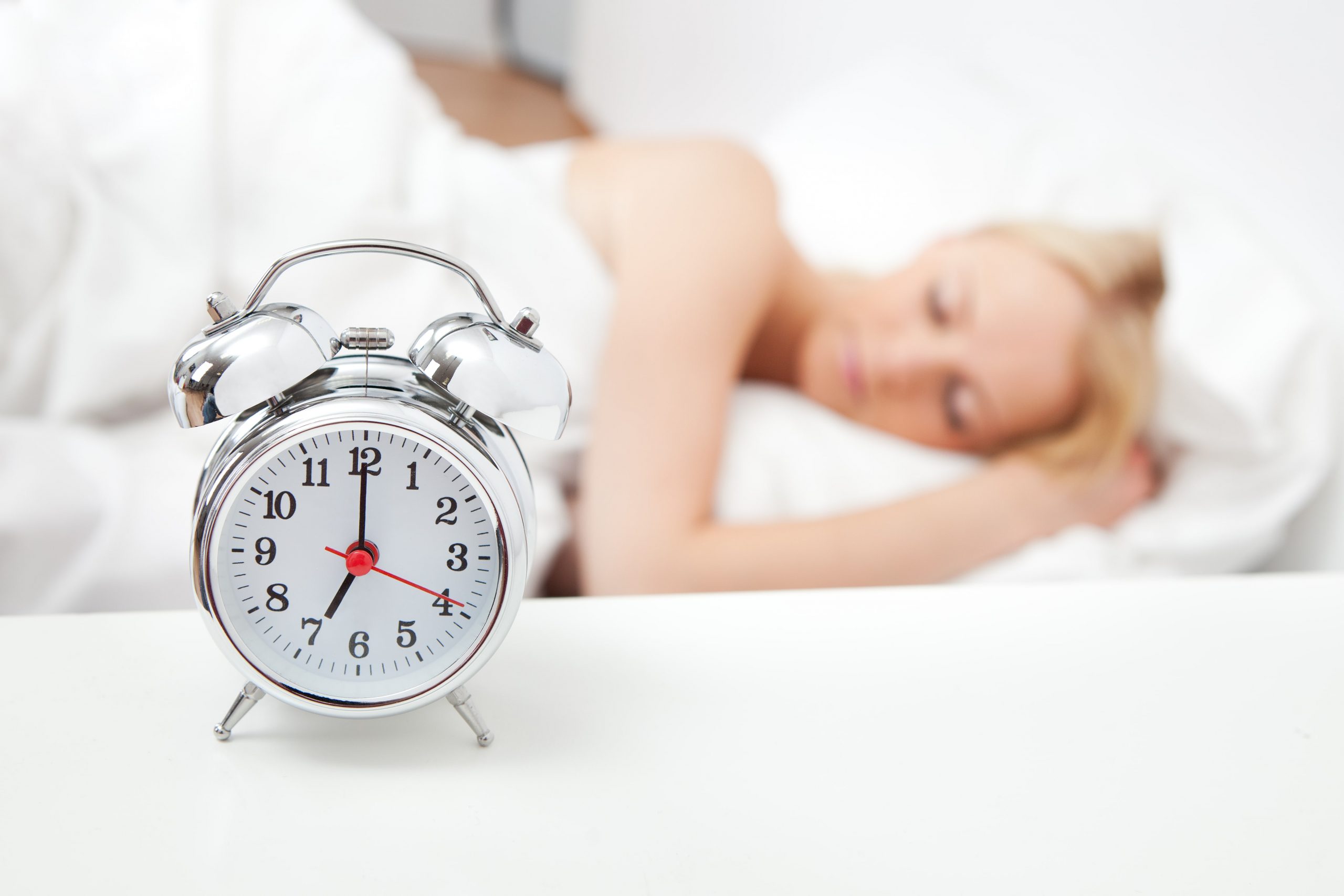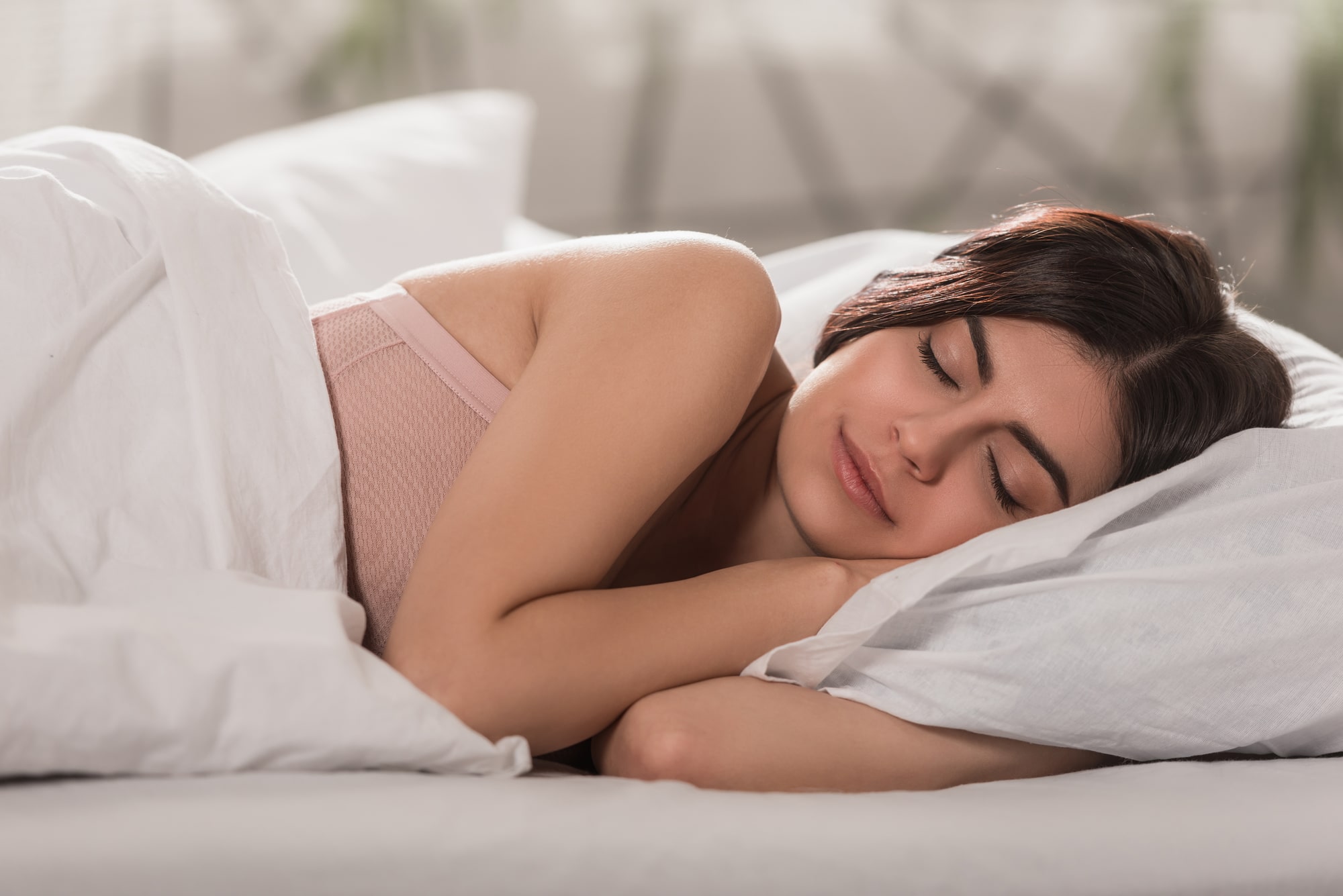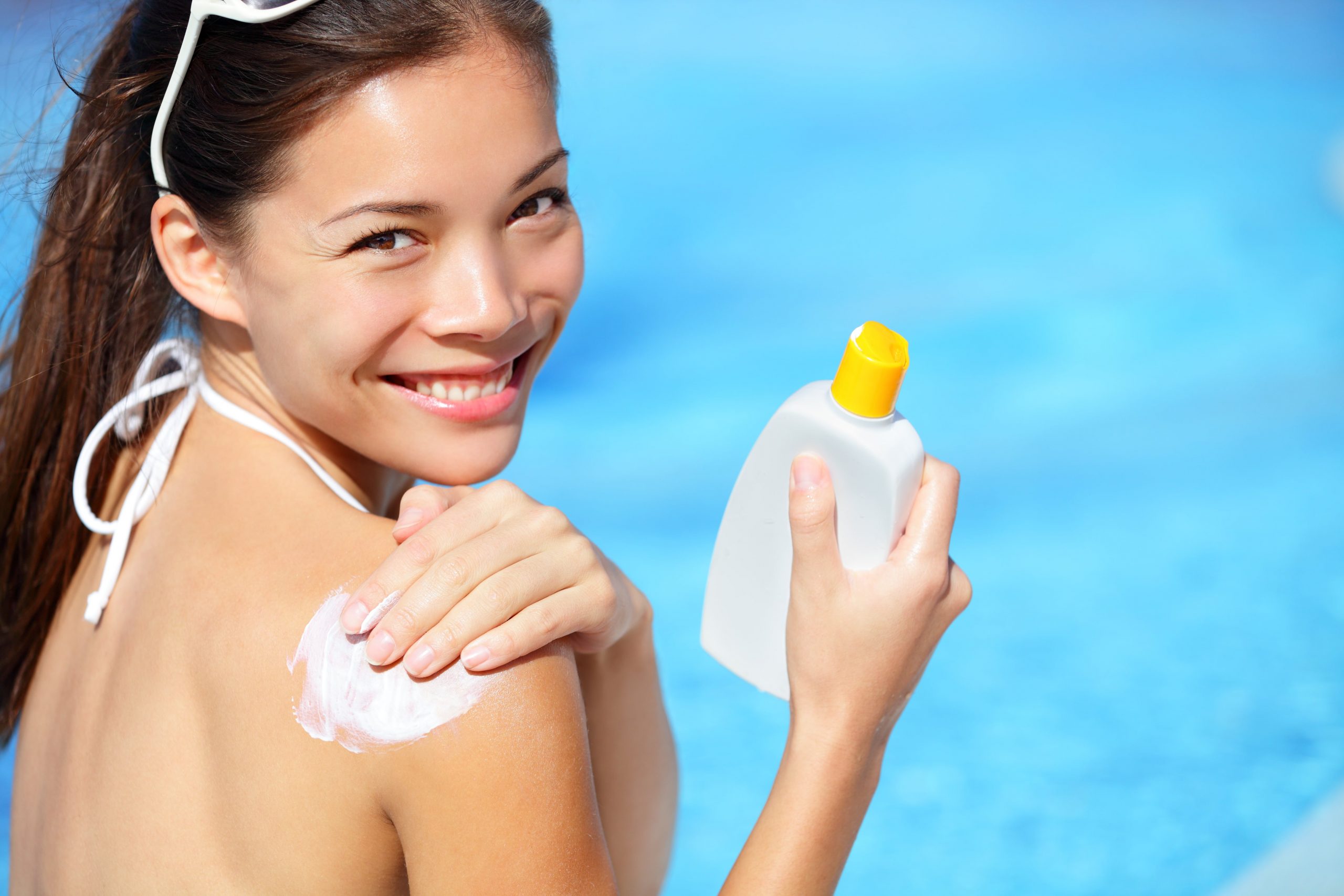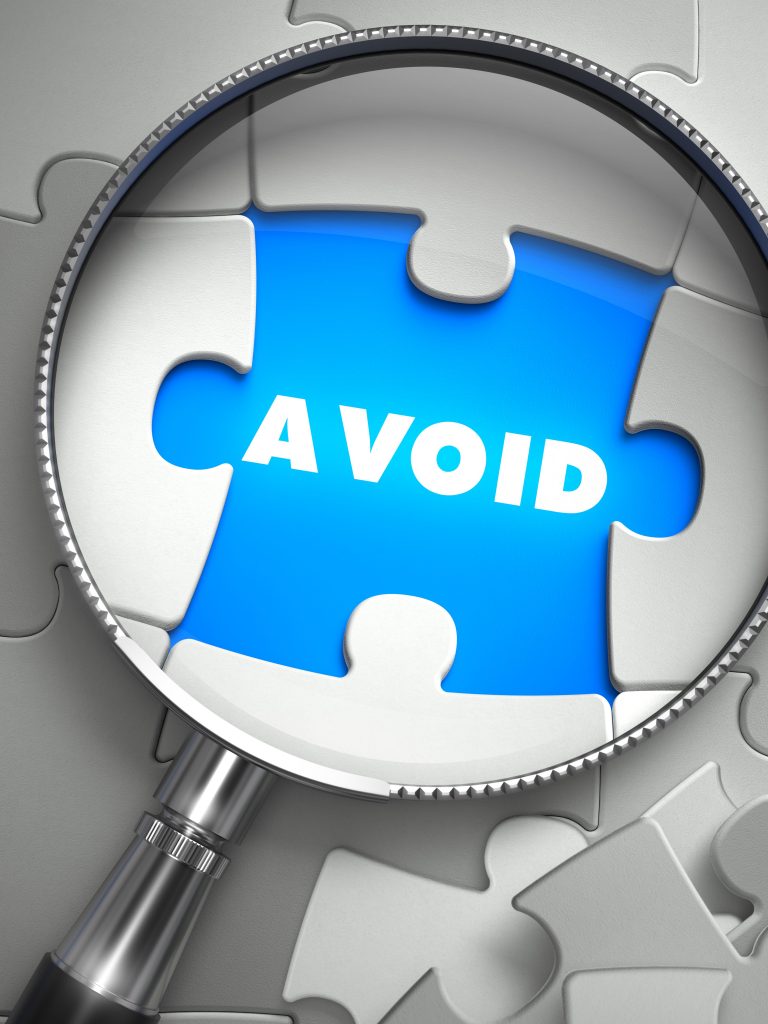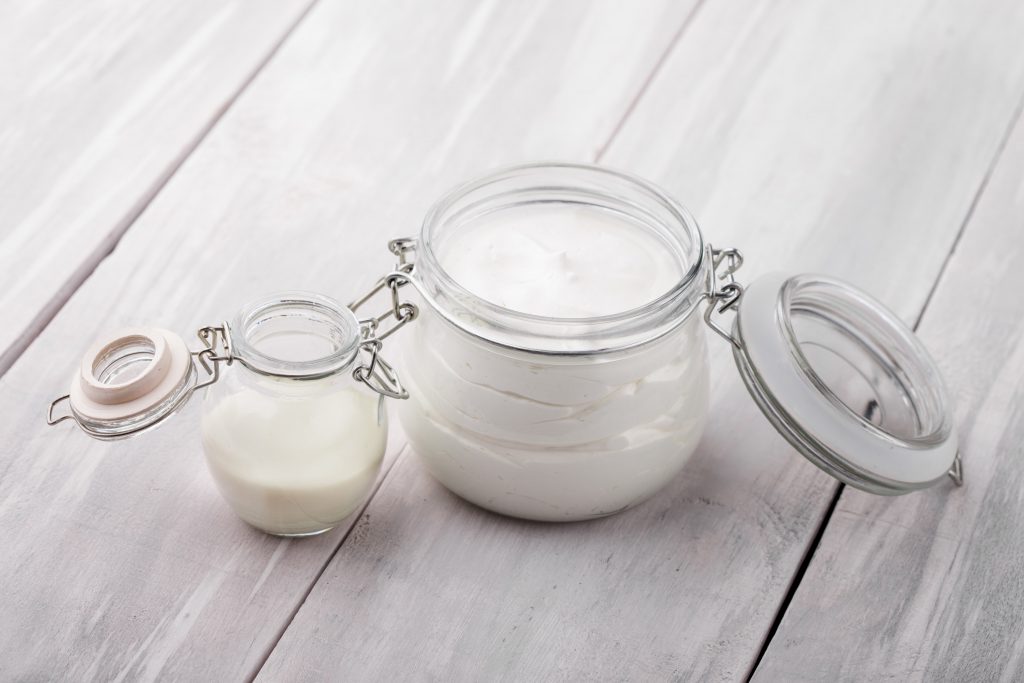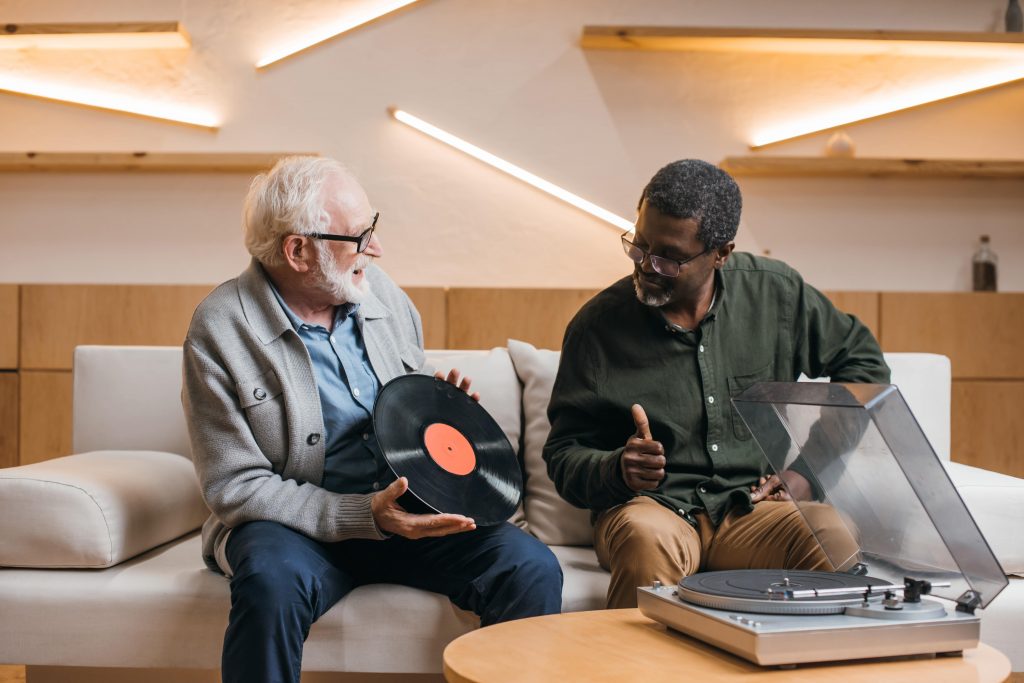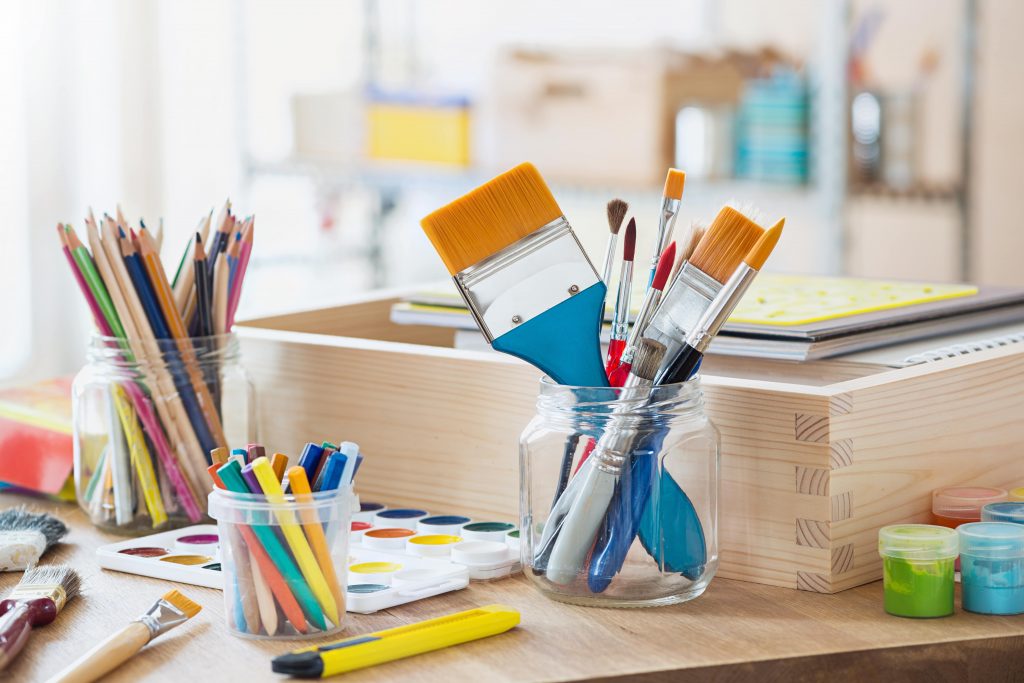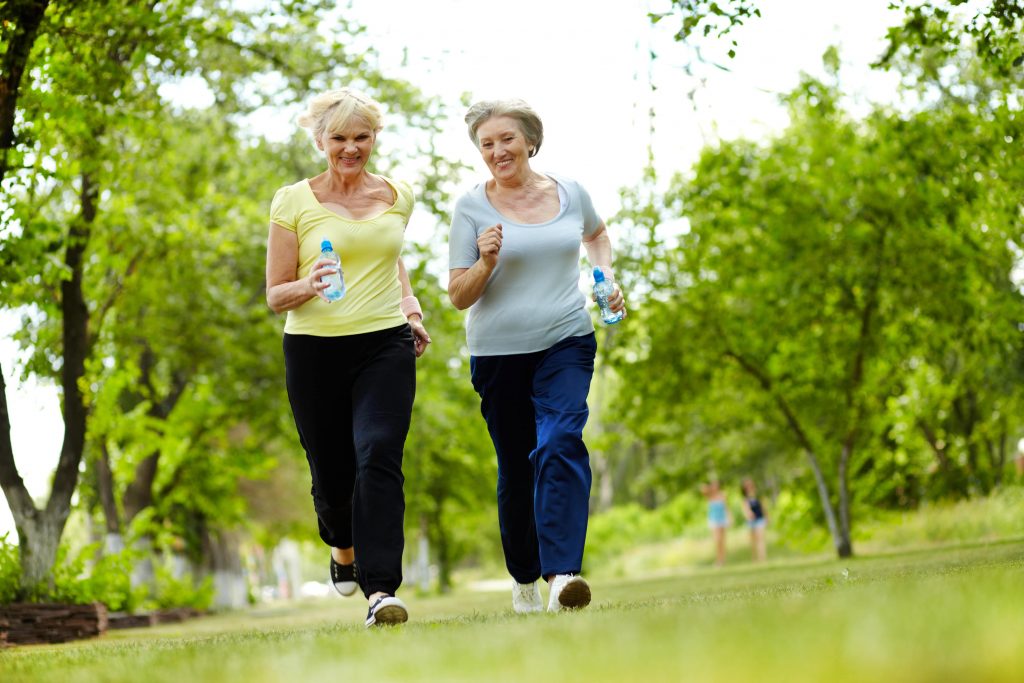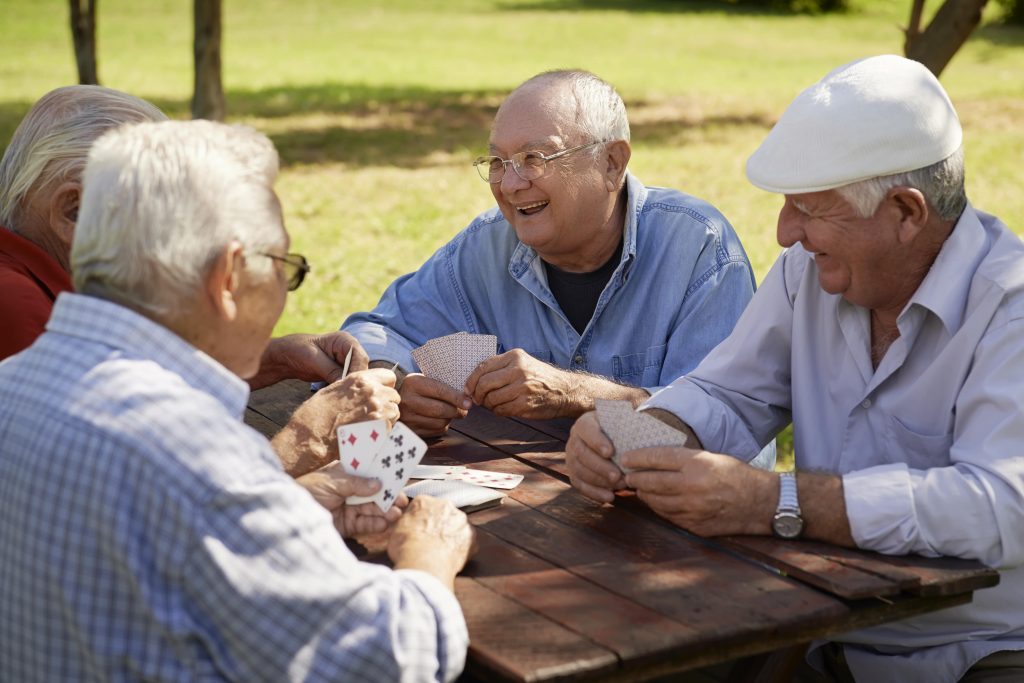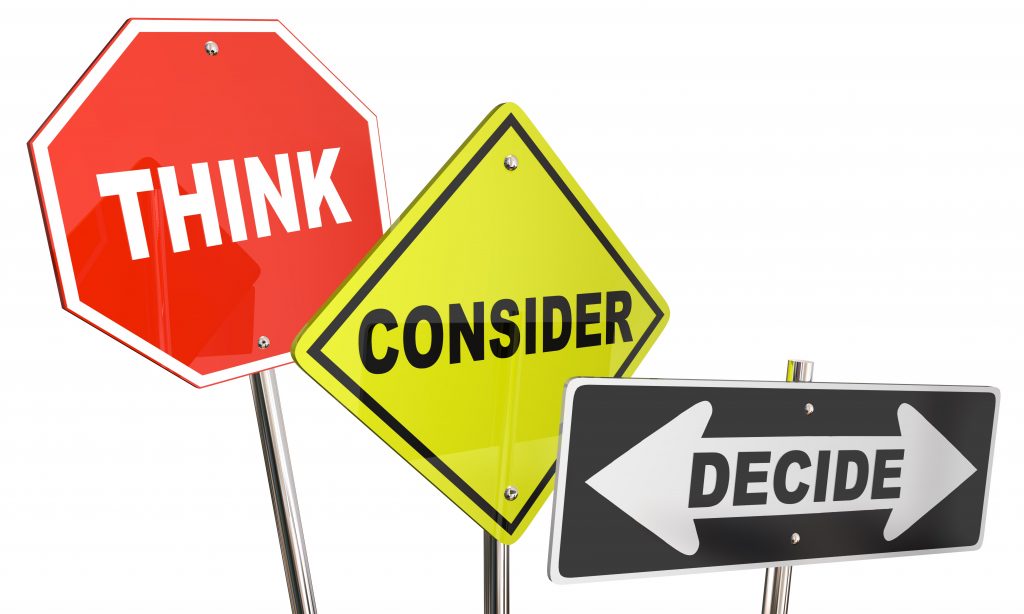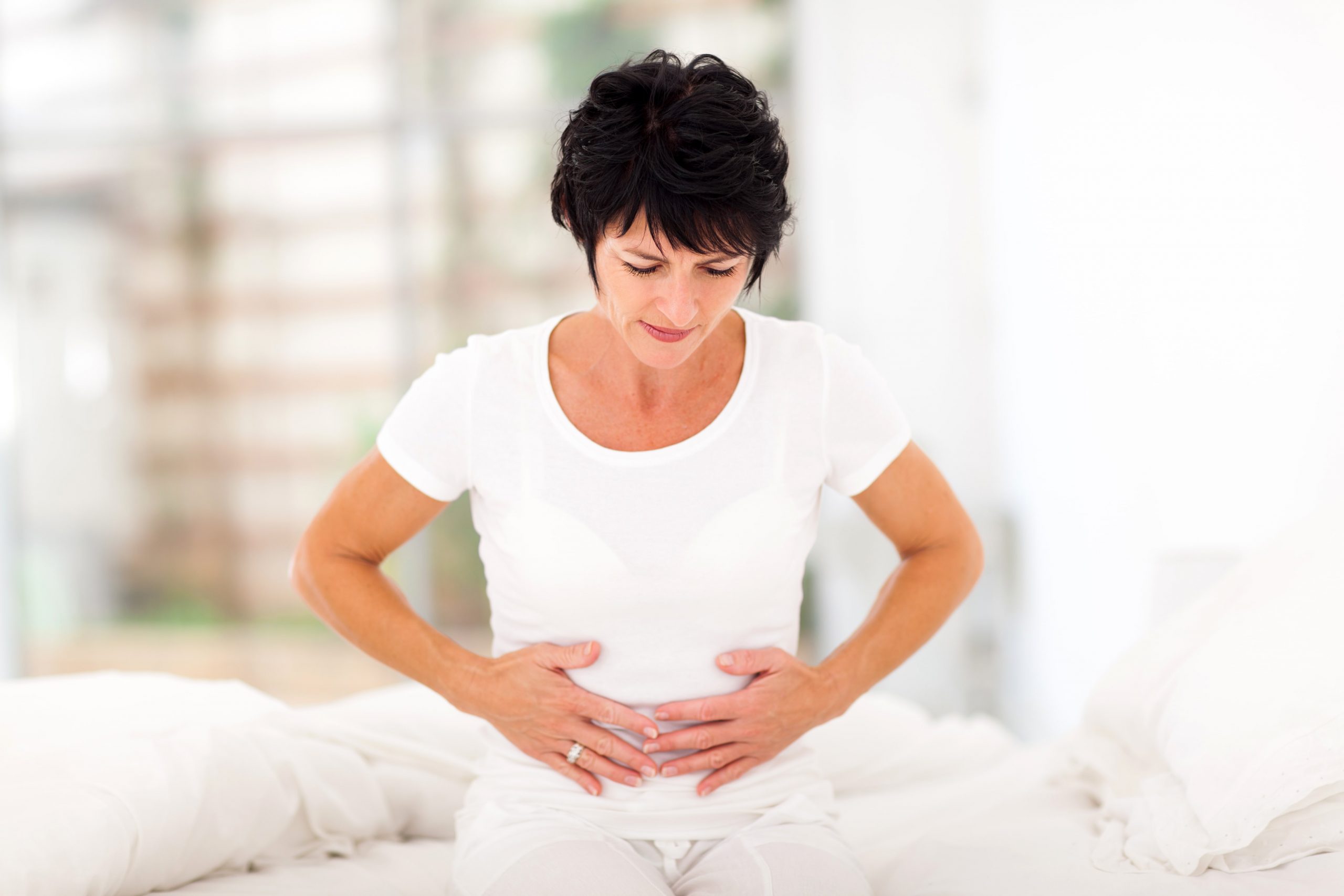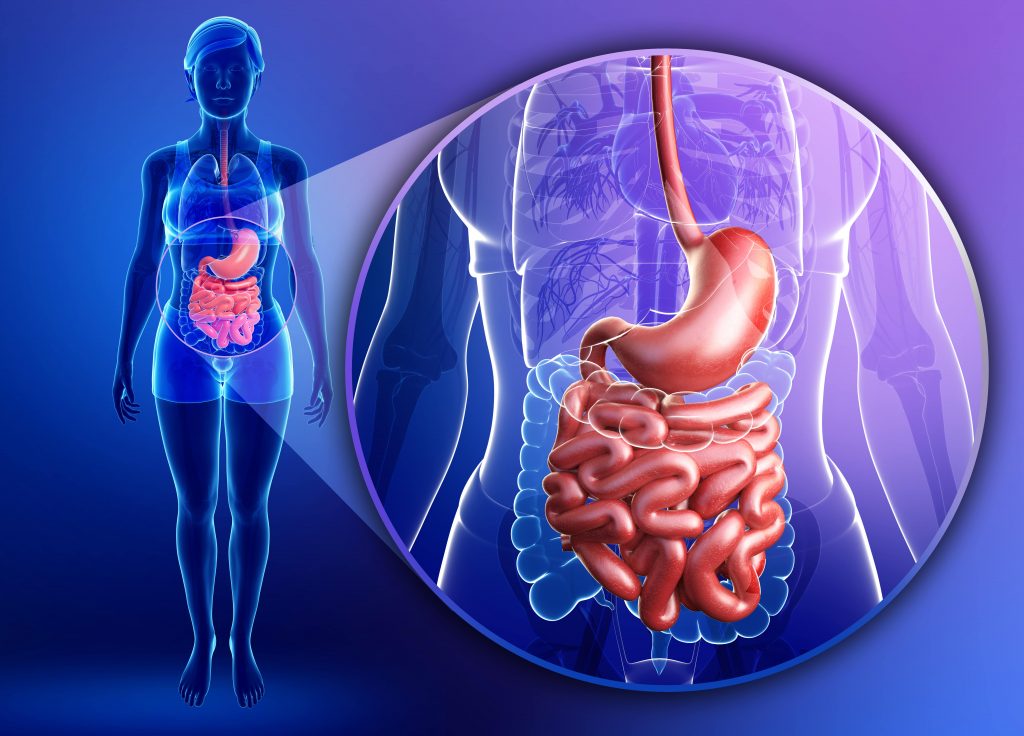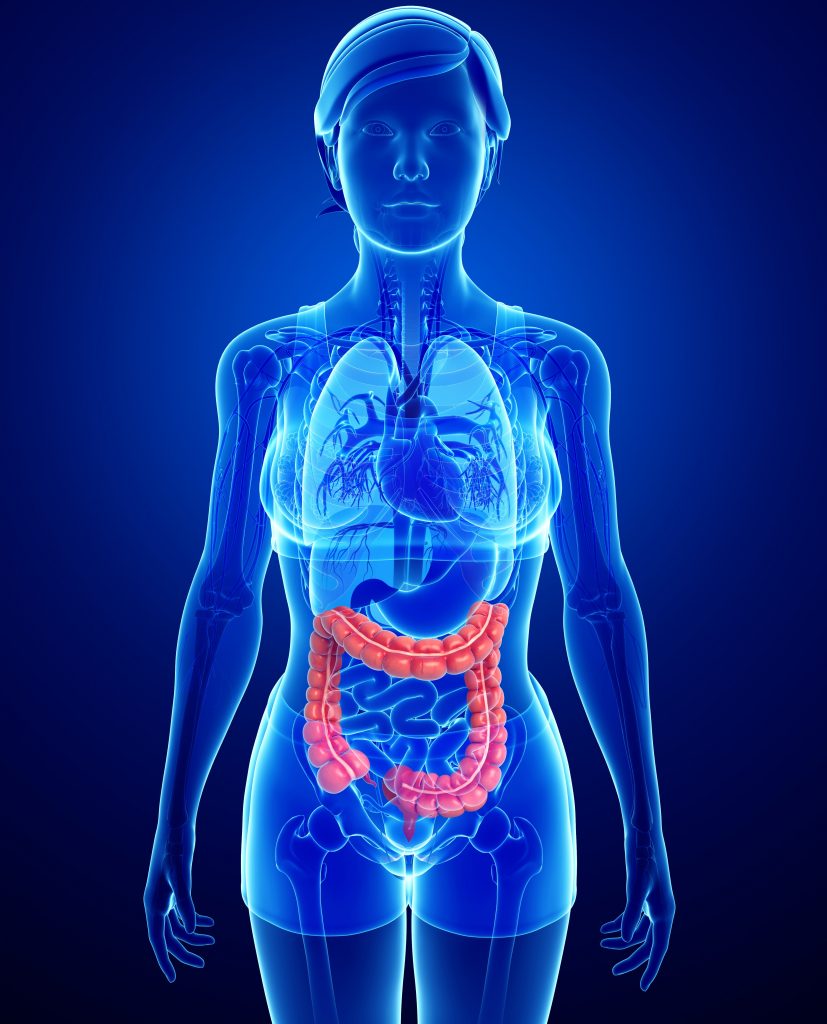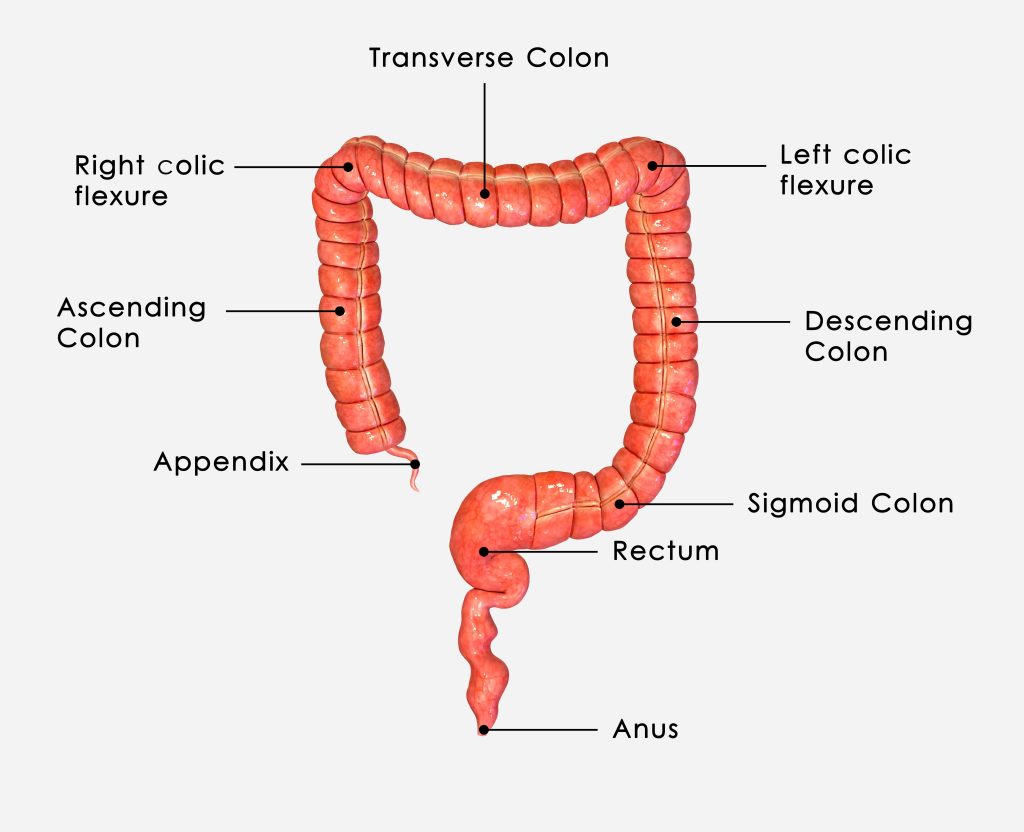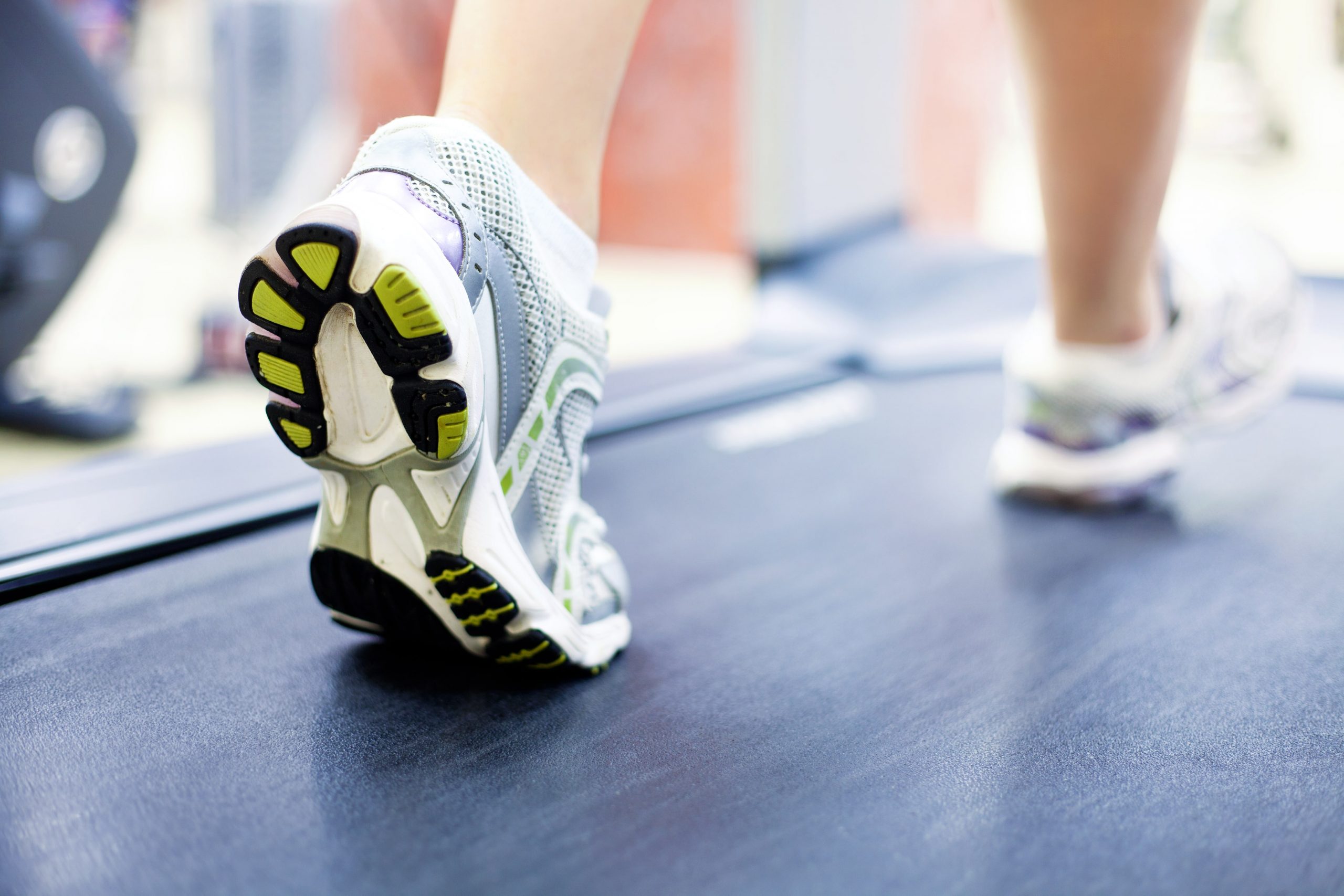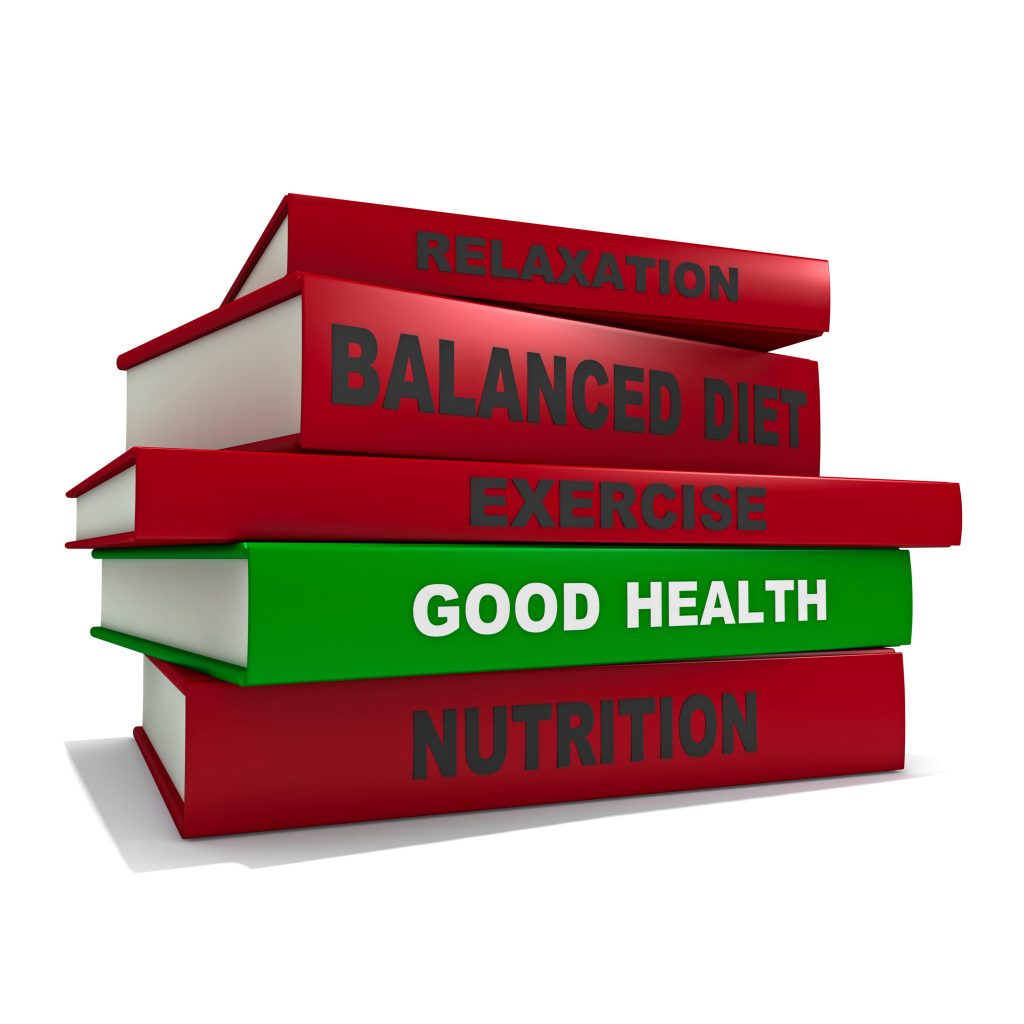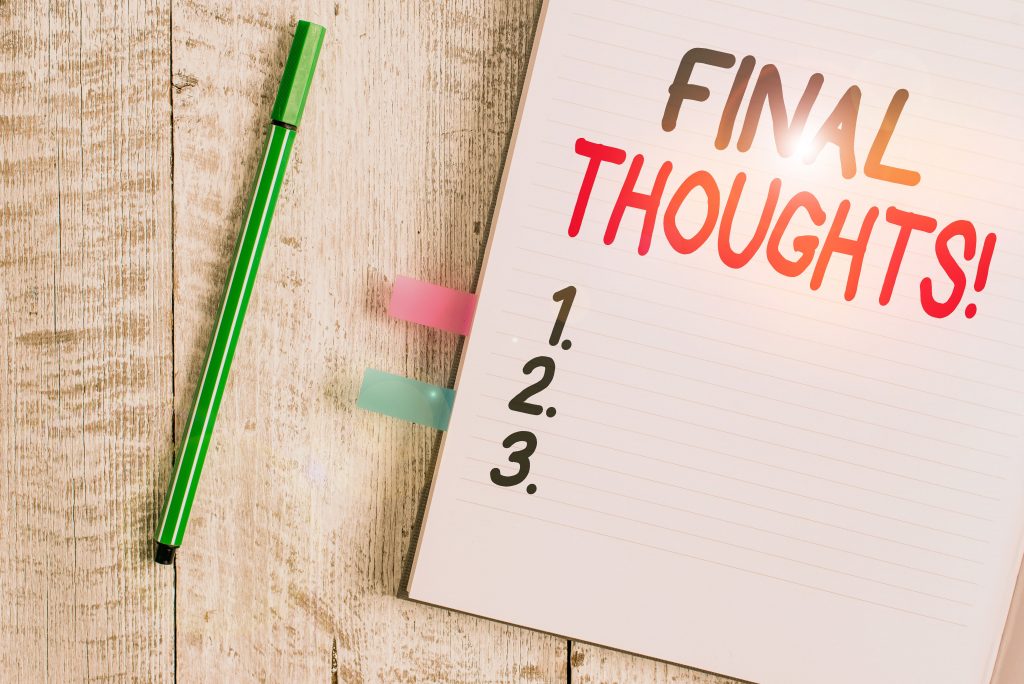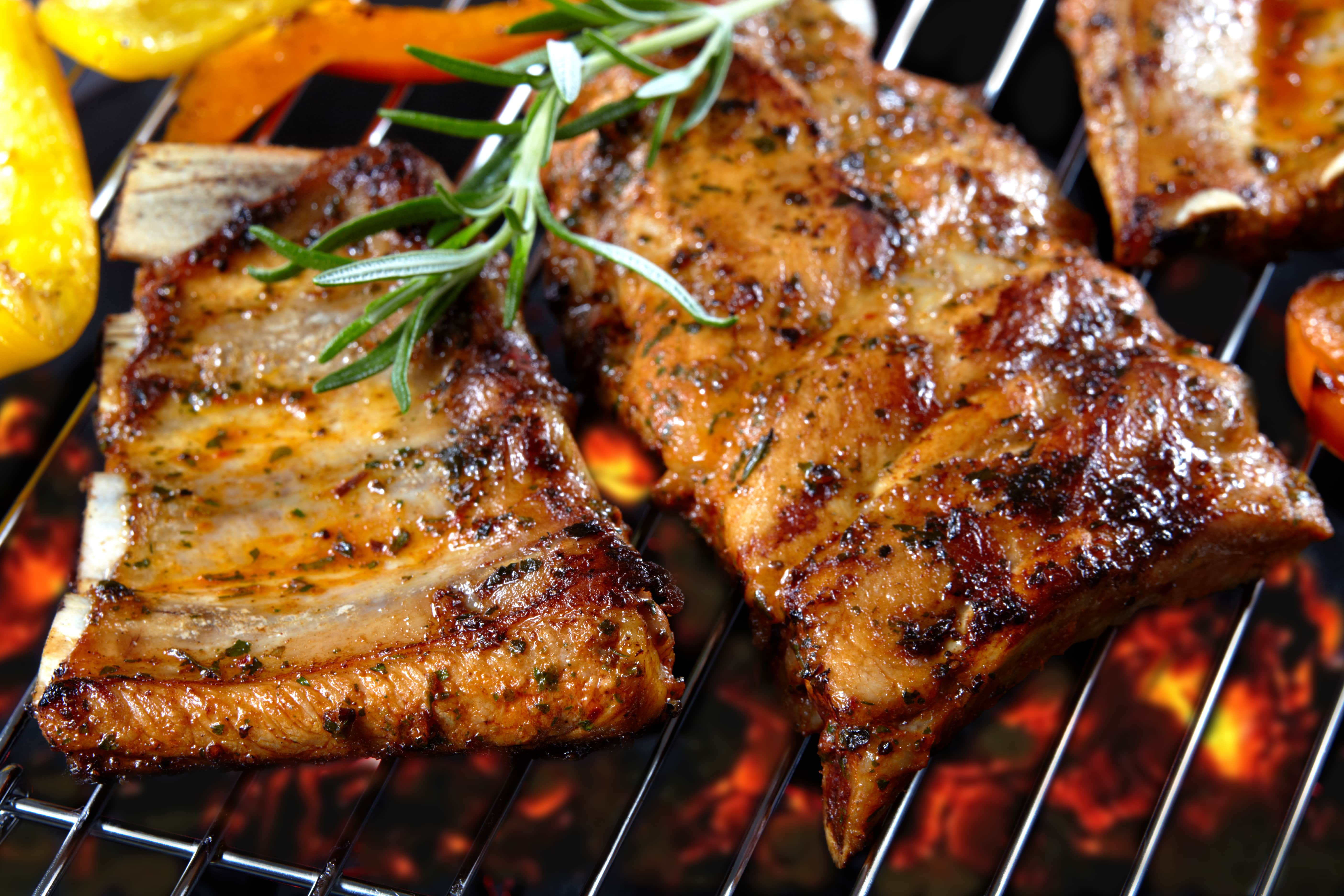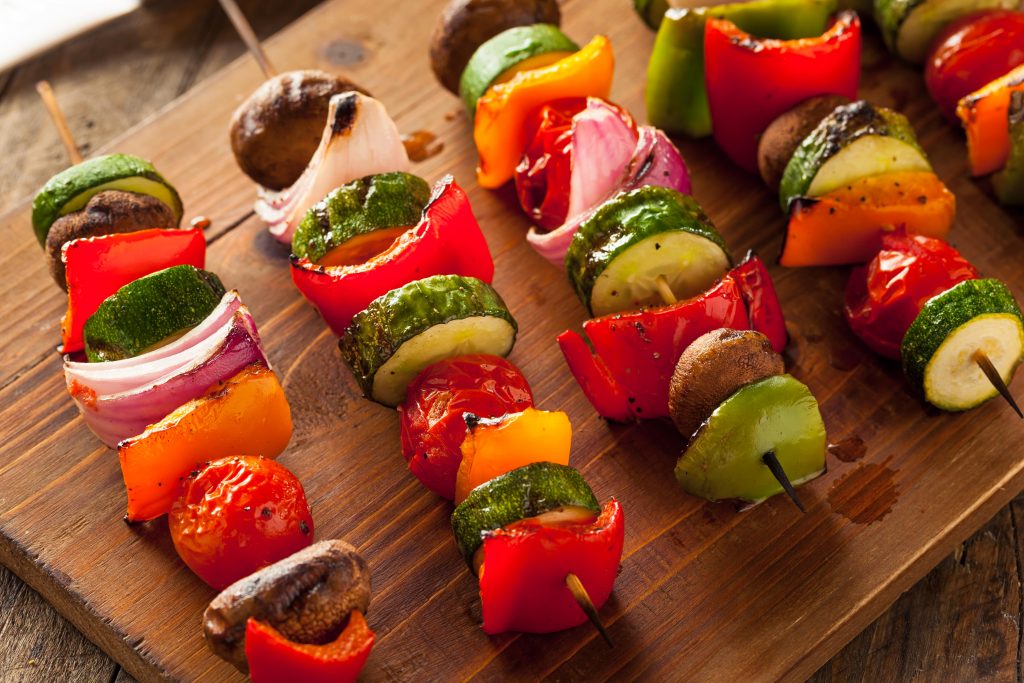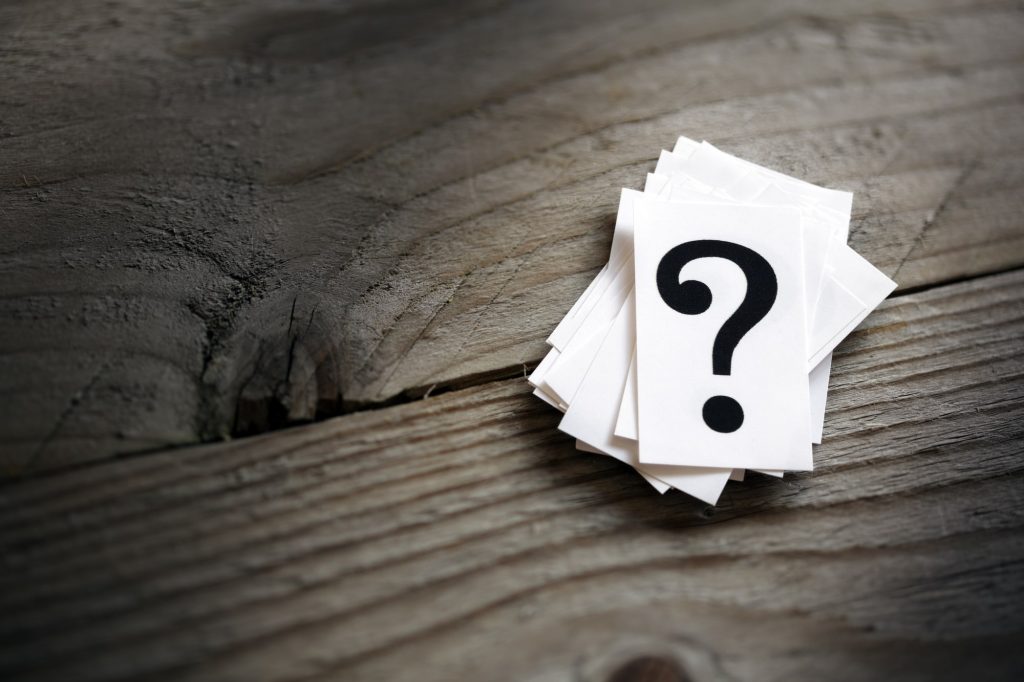As night falls, some of us are really excited to crawl into bed to have a good quality sleep and wake up feeling refreshed. Unfortunately, for a lot of people it’s not often the case. Bedtime can be a frustrating time for some, tossing and turning with the inability to sleep. With sleep being so valuable and so many of us lacking it, here’s how to get more deep sleep in just five simple steps.
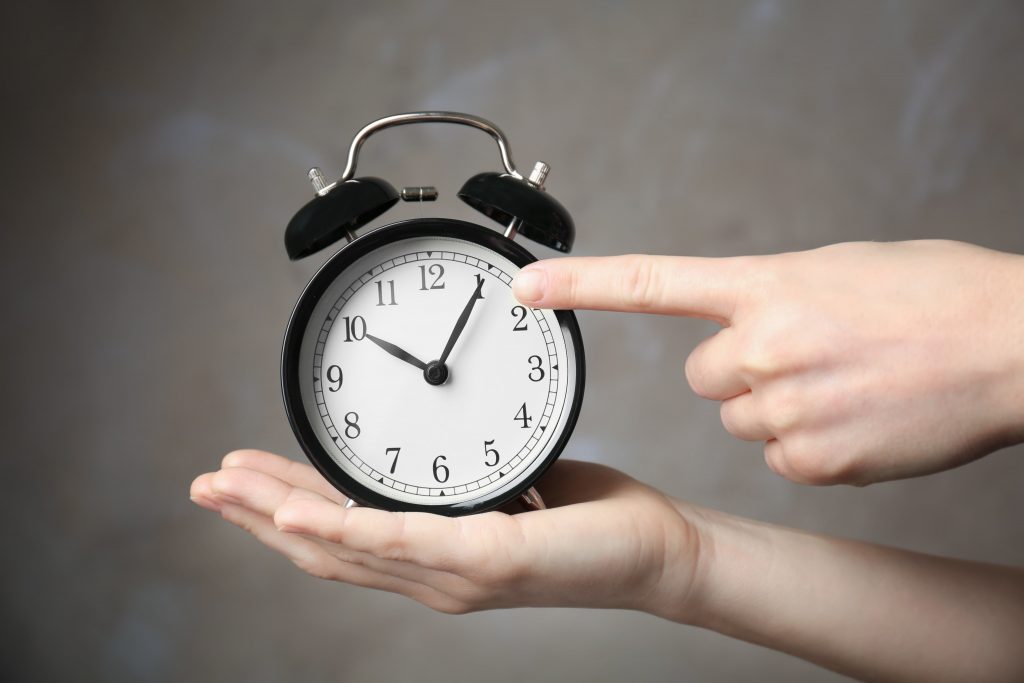
How To Get More Deep Sleep
#1 – Stick To A Sleep Schedule
Choose a bedtime and awake time that works best for your lifestyle and stick to it! Even on weekends and holidays. A sleep schedule will help regulate your bodies clock and keep you on a routine.
#2 – Honor Your Circadian Rhythm
When you honor your bodies clock, you also honor your body’s hormonal regulation system. The hormone melatonin is released from your brain when you are in darkness. Melatonin is a hormone that tells our body to slow down and sleep. Melatonin is not released as readily when we’re out in the sunlight or around bright lights. Honoring your circadian rhythm means creating a dark space to sleep and staying away from screens for at least one hour before bed. It’s time to turn off the TV, computer and phone. Create a dark space for yourself before bed.
When you wake up in the morning, spend time in a bright or well-lit area. Open your blinds and let the sunshine in! Start to eat breakfast by a window or out on the deck if weather permits. Begin your day with a morning walk or outdoor time. The exposure to sunlight and well-lit areas will signal your brain to decrease melatonin release and help increase your energy throughout the day.
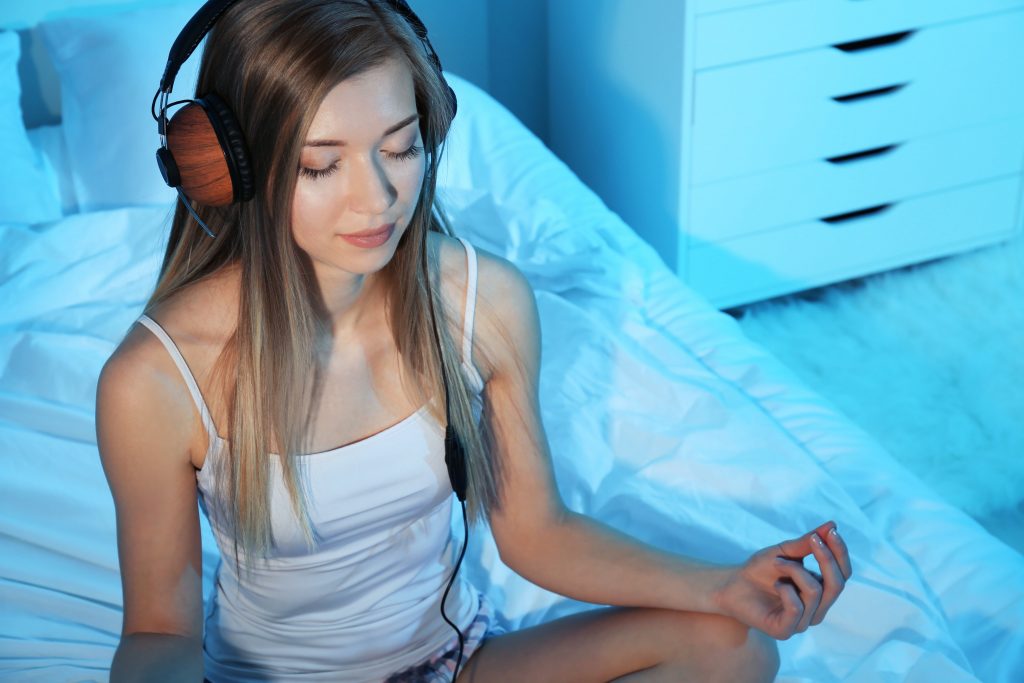
#3 – Create A Bedtime Ritual
Creating a routine that divides your day may be helpful in falling asleep and staying asleep. There are times during the day that we may experience anxiety, stress or excitement. For some us it’s when we are at the gym, at work or playing with the kids. Creating a bedtime ritual separates the high excitement state from the low energy and relaxed state you want to be in before bed. The ritual allows you to shift to a state of calm and relaxation.
For some people the ritual may be an epson salt bath before bed, meditation listening to relaxing music in a calm quiet area of your house, sitting and chatting with your partner or reading an easy book. Creating that bedtime ritual is also going to help you fall asleep and get you in that relaxed state. Want to put a little Namaste in your life? Click here to learn more!
#4 – Evaluate Your Room
Look around your room and determine if there are any factors that can affect your sleep. Sources of light like alarm clocks, night lights and windows can be contributing to your poor quality or lack of sleep. Assess your room and evaluate if it is dark. If you have a clock and it’s shining or flashing, turn it away from you or even remove it from your room. Move electronics away from your bed and out of your bedroom. Put the nightlight in the hallway and close your door. You can even use a mask to help keep things dark. Make sure that your sleep space is a quiet area. If you find that there are noises that are waking you up
try to move them or use earplugs at night. Avoid any sleep disturbances.
#5 – Get Good Quality Pillows & Mattress
The average good quality bed typically has a life span of 10 years. If your mattress is old and expired, than switch it out or invest in a new one. I say invest because it truly is a solid investment. The average person spends eight hours a day in their bed (sleeping or trying to sleep). You use your bed every single day for years. Therefore, a quality mattress is key to quality sleep!
If you’re sleeping on your side use one good quality pillow rather than a stack of pillows. If you are sleeping on your back, use a small thin pillow. Click here to take the pillow test.
Also, avoid sleeping on your stomach! Need help picking the perfect pillow for you? Click here to learn about all things pillows from the pillow doctor himself!
I hope you now know how to get more deep sleep and that these simple tips help you improve your quality of sleep. Of course, there’s many more things that you can do to help improve your quality of but this is a perfect place to start.
Also, something to consider if you have symptoms of exhaustion, anxiety and sleep disturbances is adrenal fatigue. Click here to find out if you have adrenal fatigue and ways you can fight back naturally!
Have a wonderful night sleep tonight and sweet dreams!

